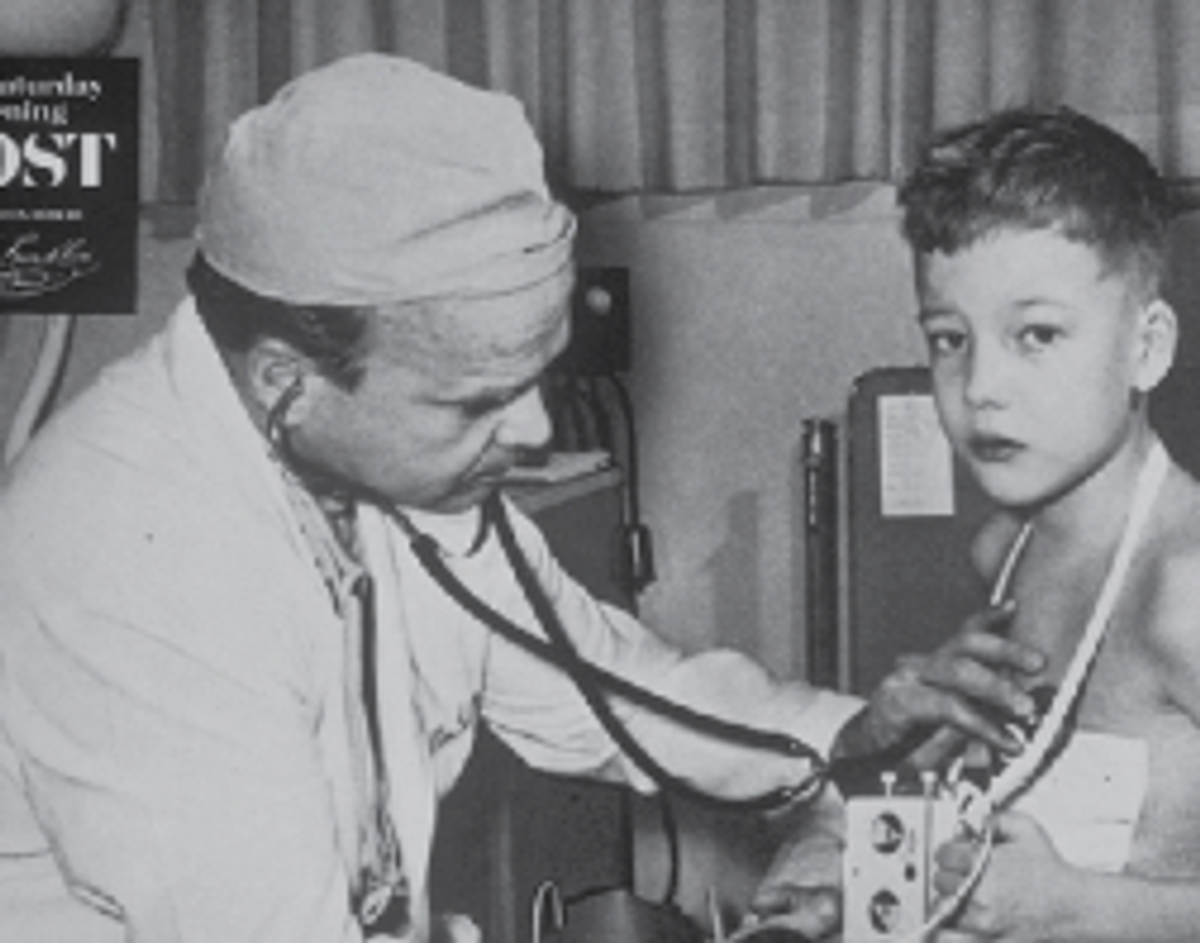The 1950s pacemaker: a box that patients had to wheel around on a cart and keep plugged into a wall. Clearly a problem if you wanted to go outside, or if you lost power. This morning, Tim Denison, director of neuroengineering for implant maker Medtronic, asked engineers at the 2011 International Solid-State Circuits Conference (ISSCC) to remember that device as he described the ongoing challenge for electrical engineers to make medical devices tinier, more efficient, and capable of treating more ailments. Denison was the first plenary speaker Monday morning at ISSCC which began this week in San Francisco. The theme of this year's conference is "electronics for healthy living."
Denison started his talk with the tale about pacemakers' early days and Medtronics founder Earl Bakken, who invented a battery-operated wearable pacemaker, after adapting a design for a metronome circuit that he saw in a popular science magazine. The device needed manual tuning to adjust the heartbeat's frequency (it's hard to sleep or to go for a jog when your heart rate never changes) and early designs had knobs for self tuning.
Today's pacemakers, thankfully, have come a long way. Completely implantable, they have leads that go into the heart through the patient's veins, and can monitor blood temperature and patient's breathing to adjust the rate. Denison questioned what was next in the pacemaker's evolution and showed a graphic of what looked like a hybrid between a pill and a fishing lure, a future device that could be implanted completely inside of someone's heart. He said that even that device was not the smallest we might see, and that other tiny gadgets could treat a wide range of problems.
In the Sunday tutorial "Interfacing Silicon with the Human Body" that he instructed, he outlined a variety of devices that are commercially available or in development to correct stray electrical signals that mess with our nervous system. These include gadgets for treating obsessive compulsive disorder, Parkinson's disease, dystonia (he showed a video of a patient before and after for this one), depression, migraine headaches, and fecal incontinence. The number of problems isn't limited to those where engineers can detect electrical signals either, he said in the tutorial, noting that small devices can now detect chemical signals and accelerations. He gave a nod to the menagerie of MEMS devices that we've seen wheeled out recently, specifically the Foucault pendulum turned accelerometer on a chip.
Once we have all of those mini-devices that can correct what ails us, we might need to network them--so that doctors can know of any hitches. Denison mentioned that heart problems can start days before a patient needs to be rushed to the emergency room and a networked device could inform a doctor.
That idea fit well with the talk that followed by Imec Senior VP, Jo De Boeck on wireless personal healthcare. He described a "smart patch" that one day might monitor a variety of general health stats, and specifics depending on the patient. He gave examples including devices that could determine iron levels in a pregnant woman and when a patient has swallowed his pills (a means to improve medication compliance). He noted that one important development has been the proliferation of the smartphone and also pointed to a future need for cheap plastic circuits (such as the plastic microprocessor that his company will unveil later this week). He said that he believed that such circuit design would become increasingly important, pointing to the crowd of 3000 engineers gathered before him and noting that, in the future, half of the room might be working on plastics and half silicon.
A panel discussion this evening will get into some of the details of "Body Area Networks"--including security and protocols to make sure the future's smarter implants don't interfere with one another.
Image: Medtronic




